
Film Review | Star Wars: The Rise of Skywalker
Producers: Lucasfilm, Walt Disney Pictures
Runtime: 162 minutes
MPAA Rating: PG-13
EE Critic Score: 4/10
Star Wars: The Rise of Skywalker is the ninth episode of the “Skywalker Saga”, the core films of the Star Wars franchise. It is directed by J.J. Abrams, the film-maker behind 2015’s The Force Awakens, which brought Star Wars back to theaters following the property’s sale to Disney. In this film, Abrams concludes the story he began, giving a rich and exciting send-off to the saga.
(Full plot details will be discussed in the Analysis section. A good synopsis of the film can be found here.)
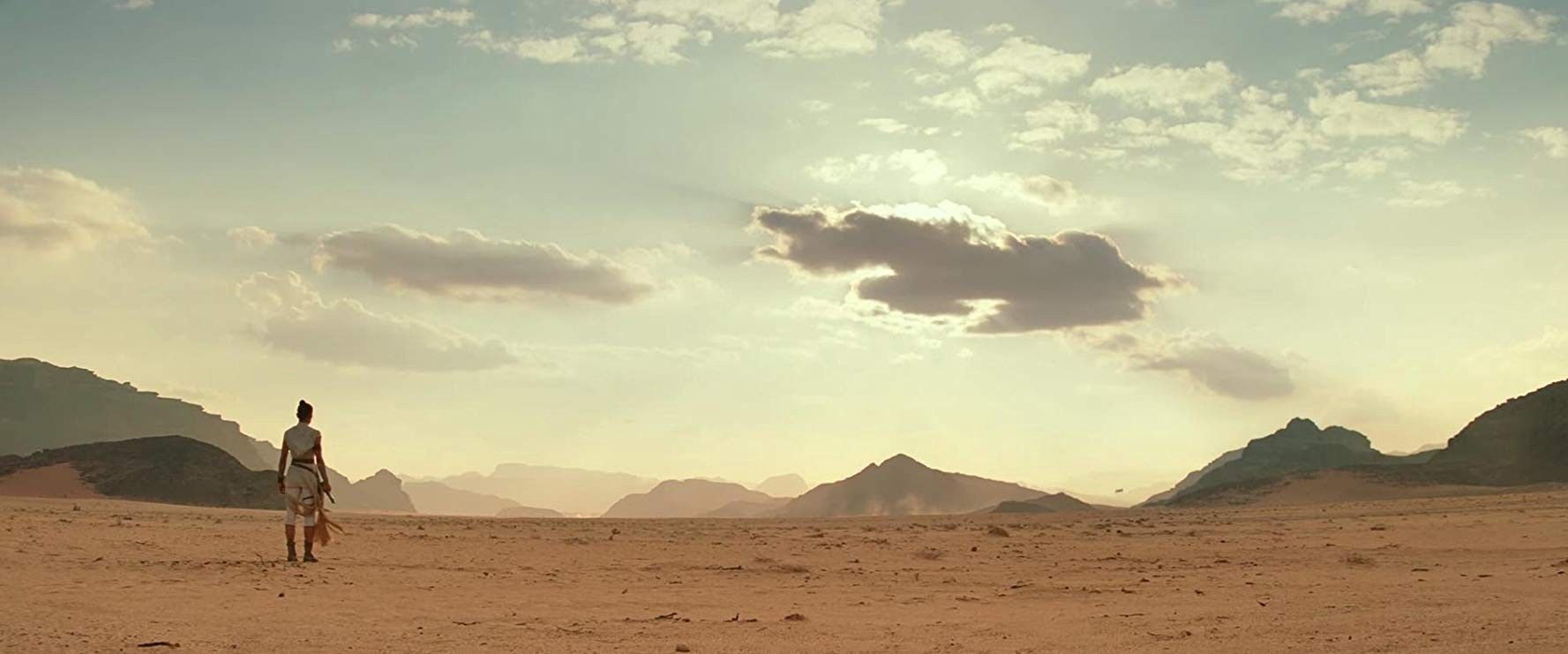
Analysis
This film is dense with story, to say the least and to say it charitably. So much was happening in just the first half-hour I felt as if the film was being played back at double speed. Even the opening crawl was a lot to take in. That’s where Palpatine makes his reappearance, by the way, in the opening crawl. The film itself opens with Kylo Ren searching for Palpatine. Within minutes of screen time, Ren has violently seized a guide to the Sith Lord’s location, gone to Palpatine, and been persuaded to ally himself and the First Order with Palpatine’s secret Final Order military. This breakneck pace in the narrative slows a bit after this, but only a bit.
I can totally see why professional critics liked this film so much less than general audiences did. It suffers from the same narrative compression that plagued Revenge of the Sith, the same strained, overstuffed plot structure that tries to bring about a whole new status quo after two films without quite enough forward plot momentum. As Star Wars, as a story, it’s quite good, but as a film, as storytelling, it’s quite bad.
What I’m trying to say is that, besides the pacing and editing of the entire film, The Rise of Skywalker is good. The performances from the main cast members are the best they’ve been in the trilogy. Anthony Daniels is the best as C-3PO that he’s been since Return of the Jedi. Billy Dee Williams returns like he had never left.
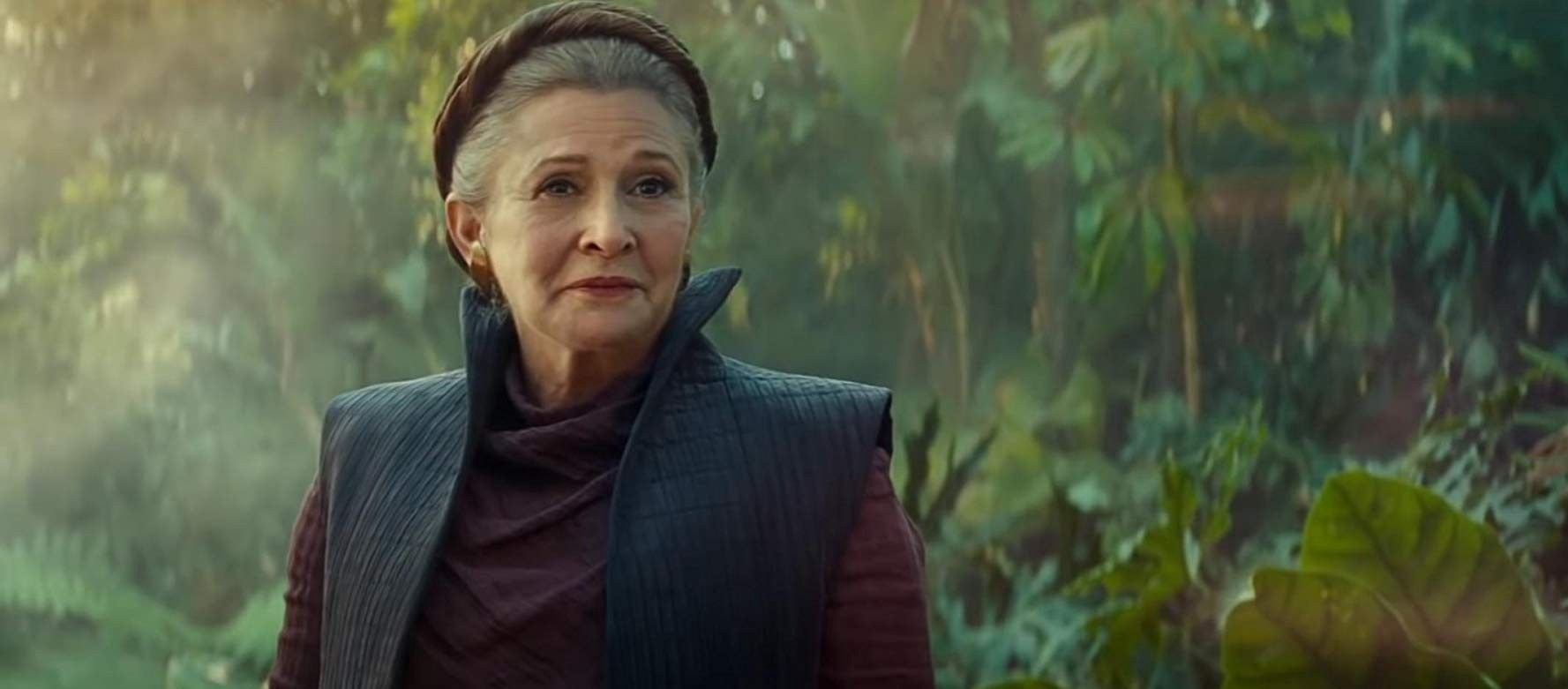
The one awkward performance was the one delivered posthumously by Carrie Fisher. Circumstances being what they are, I don’t feel eager to dwell on this, but there is a noticeable, Carrie Fisher-shaped hole in this movie. The film-makers did all they could with unused footage from the previous films to incorporate Leia into new scenes, but often all they could do was show Leia watch another character or characters do all the talking, then chip in with some sort of unspecific phrase.
Ian McDiarmid is as great as ever as Emperor Palpatine. As for the presence of Palpatine in this story, I do think that he could have stayed dead and we as an audience would be just fine. But the film-makers had painted themselves into a corner. This final film of the trilogy needed a big final battle. Kylo Ren was set up as too sympathetic, and seeing him destroyed would not have been a moment to cheer for, exactly. So how about we see Armitage Hux blow up? That probably wouldn’t be enough. This movie needed a big, bad villain. Enter Palpatine.
And it’s not as if he returns completely out of nowhere. As much as I think the films still need to depend so heavily on other media, the Sentinel droids that commanded Operation Cinder showed up in enough books, comics, and video games that I think most Star Wars fans should have some sense that Palpatine had a contingency plan in place in case of his death, and, of course, defying mortality was the Sith order’s whole deal, at least by the time of Darth Plagueis. While I don’t think anything absolutely demanded Palpatine’s return from death, I can’t say it comes as a completely stunning development.
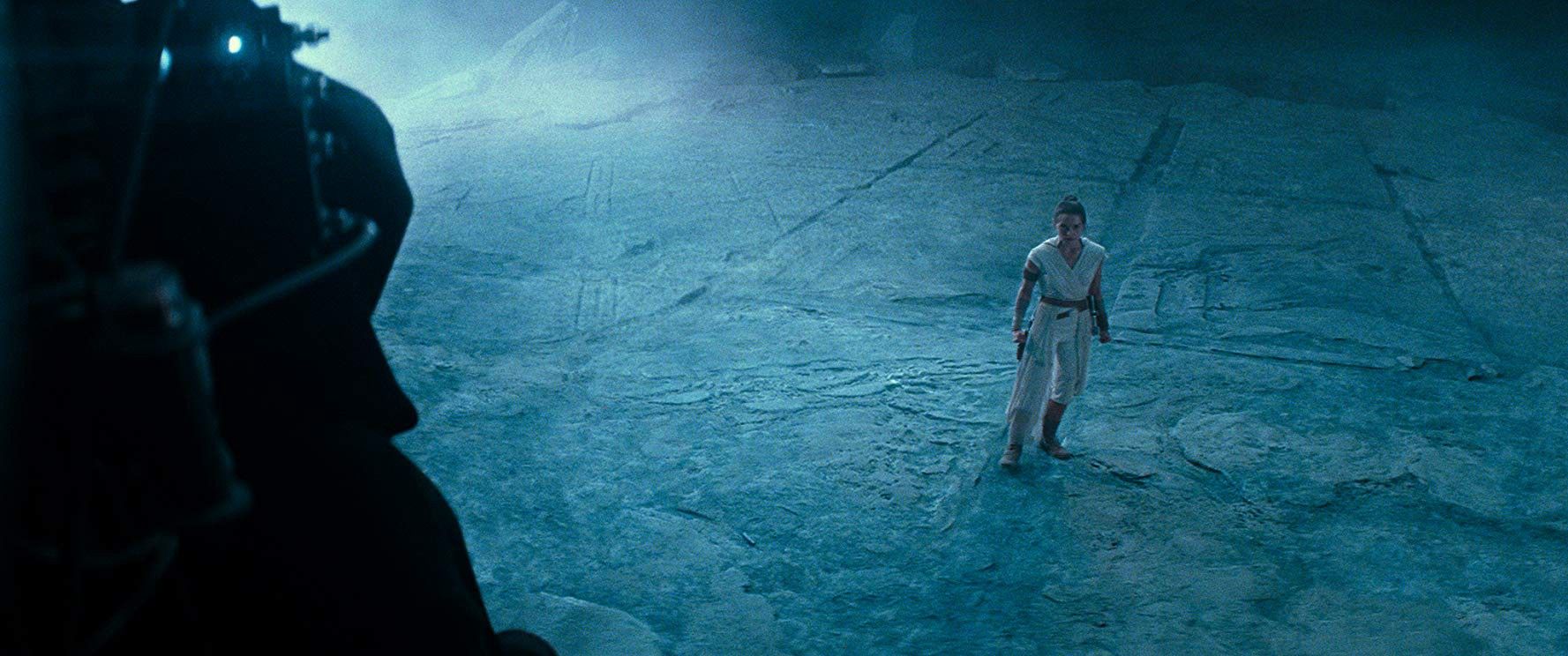
It’s not that there wasn’t a compelling conflict in place in the post-Endor era; there was, but it wasn’t the kind of thing that could be resolved in a big, cinematic final battle. The overarching theme of the stories set in this era has been that it is hard to be in charge. As I mentioned in my piece on the First Order published in the lead-up to this film, the Rebels were ultimately too heterogeneous to form a cohesive government, and too unfamiliar with power to know how to best wield it in service of the Galaxy. The films touched on the question of what the Rebels do with the car now that they’ve caught it, as it were, obliquely, but not head-on. I suppose it’s not particularly cinematic to have the finale of the film be a Second Continental Congress-style series of symposiums on the proper form and role of government.
But again, Palpatine is done well here. The film leans into the Sith side of things, as opposed to the Imperial side of things, harder than any of the other movies so far. Palpatine returns with an entire fleet of planet-destroying battleships (yes, more Death Stars, but such is the nature of actual weapons development, so it stands that it would be the case here) and he upstages them in terms of the danger represented.
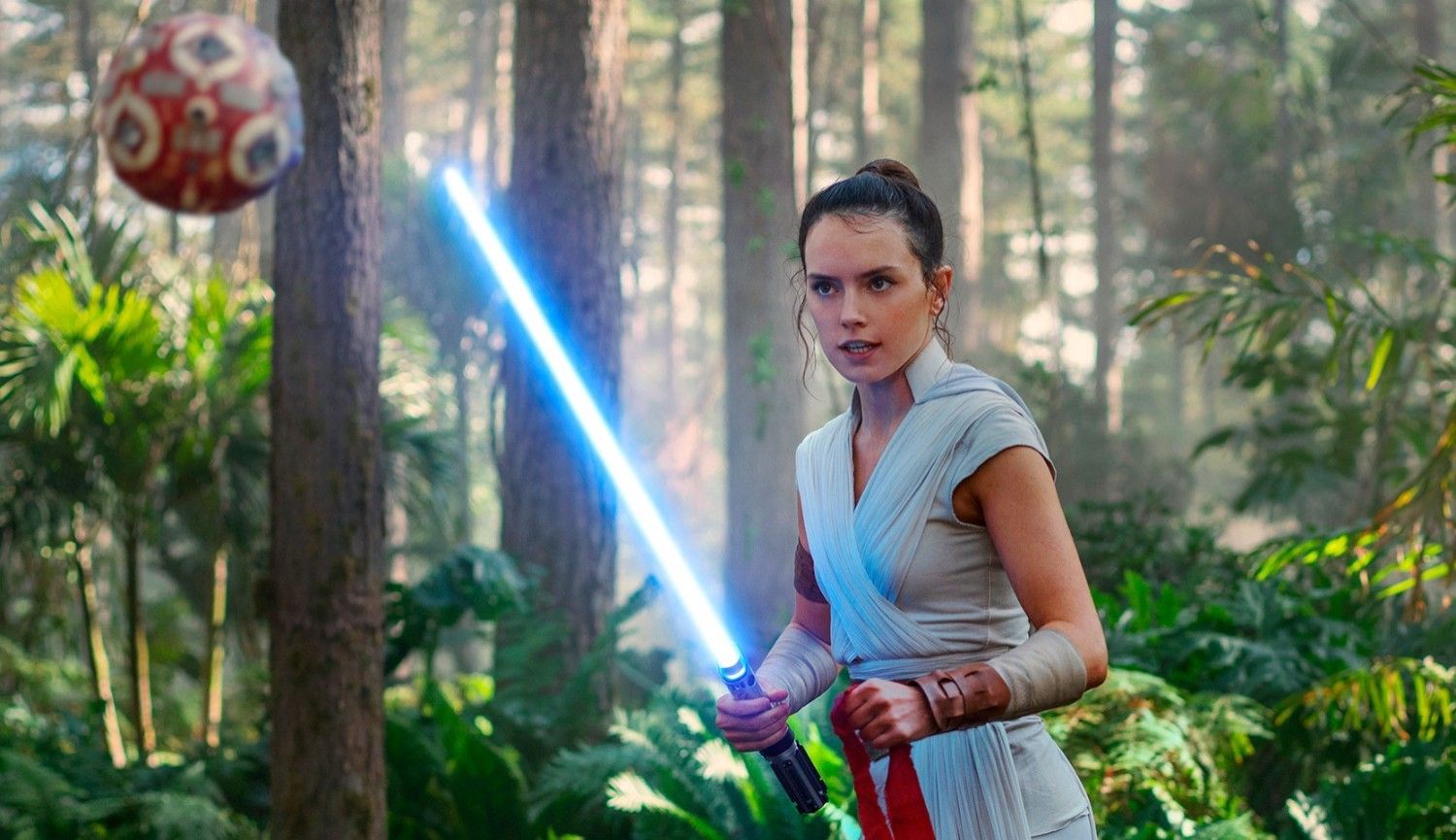
From villain to hero, from one Palpatine to another, let’s move on to Rey. Now that I have seen this film, I understand Rey as a character enough to finally give an opinion on her. Rey is not my favorite Star Wars character. She is not an incredibly interesting character whom I want to see as the main character in many new Star Wars stories. But she is an ideal person to restore the Jedi Order, because, unlike the Skywalkers before her, she is not a warrior.
The Sequel Trilogy serves as a reboot, not of all of Star Wars, but of the post-Endor EU. This affords some opportunity to rework the founding of the new Jedi Order in light of the knowledge of the old Order that wasn’t available back when the EU was first being built. One big part of the old Jedi was that they were “keepers of the peace” but “not warriors”, and that taking on the role of generals in the Republic armies was a key part of their downfall. It is therefore somewhat inappropriate for the Jedi to be revived entirely by Luke Skywalker, a war hero and general. Not that Luke’s violent actions weren’t justified or right, but they weren’t entirely Jedi-like. In The Last Jedi, we saw Luke’s violent instincts break out in some harmful ways.
In Rey, we see a bit of the hope for a new Jedi Order able to embody the ideals of the old, more so than did the Order founded in the EU. To make, as Star Wars often has, a Biblical allusion, Luke is David, a conquering hero. Rey seems intended as Solomon, a learned successor more worthy to build a temple. I’m interested in seeing what shape that temple will take.
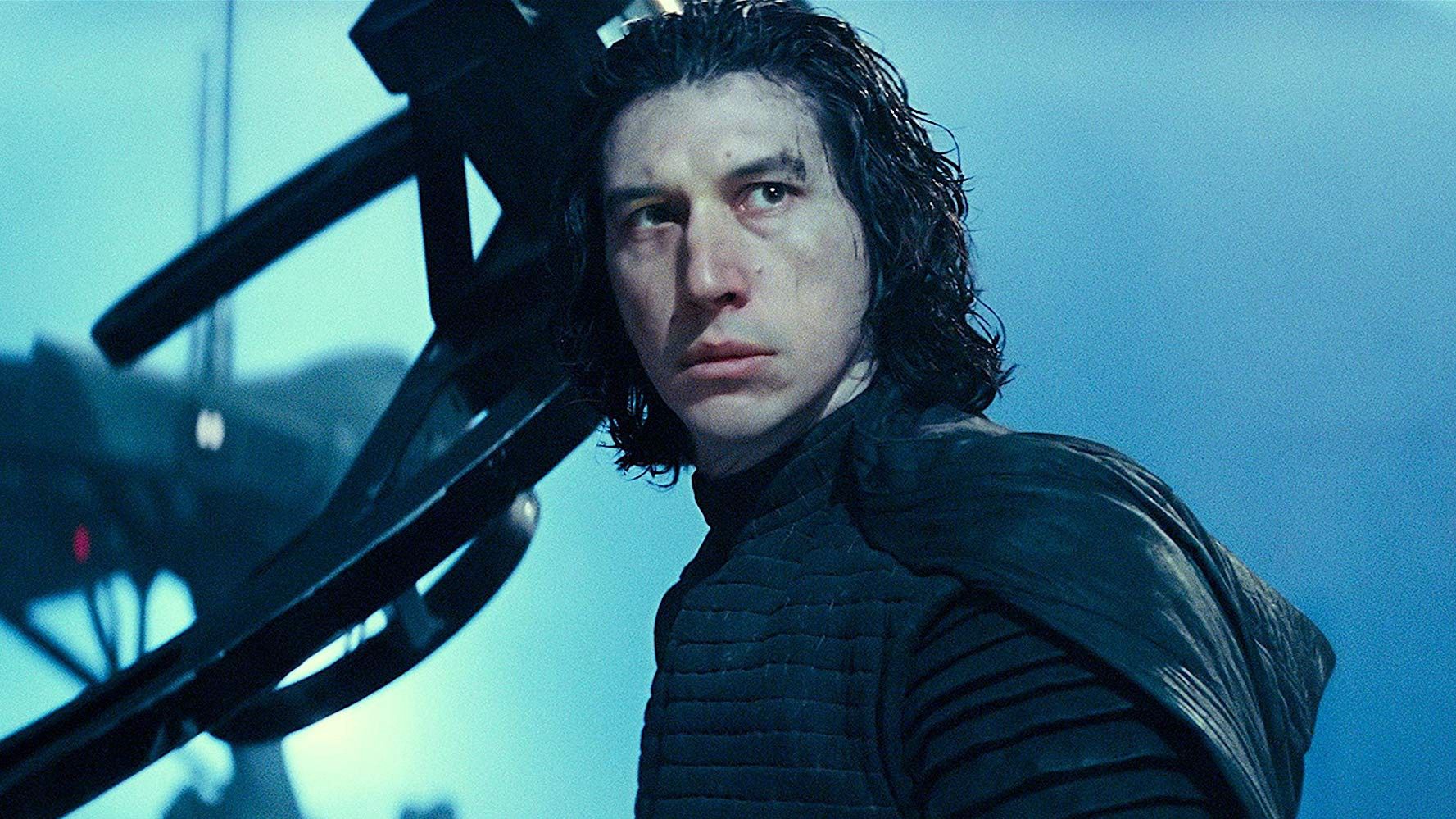
Ben Solo’s arc in this film was, on paper, well done, but it suffers greatly from the film’s dual problems of hurried pace and lack of Carrie Fisher. Abrams makes an attempt to integrate Leia into Ben’s return to the Light in a key but silent role, which works serviceably but, again, is clearly working around a lack of the performer. In fact, I wouldn’t be surprised to hear that the scene between Ben and his memory of his father Han wasn’t originally between Ben and Leia in some early draft.
Ben’s death at the end of the film has become a point of controversy in certain circles, so I should probably touch on it. Back in the early days of the EU, there was a trio of books, written by Kevin J. Anderson, the Jedi Academy Trilogy. It was about Luke Skywalker and a group of new Jedi students who did battle with an ancient Sith ghost on Yavin 4. The books had some interesting ideas and characters who appeared again and again in future books, but they themselves were pretty mediocre.
Still, they are memorable, because they featured a thing called the Sun Crusher, a single-pilot starcraft with super-duper torpedoes that could make a star blow up and extra-deluxe golden armor plating that could take an (indirect) hit from the Death Star without taking (much) damage. Seeming like something a child might come up on the spot with while playing, this was maybe the dumbest of the parade of long-lost Imperial superweapons featured in the early EU. But lost in the criticism of the Sun Crusher as a concept is recognition of the actual worst part of the story, the Sun Crusher’s pilot, Kyp Durron.
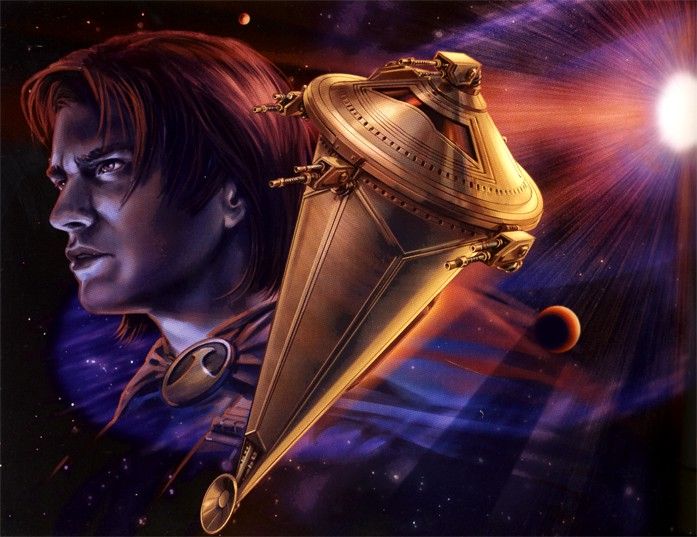
One of Luke’s students and a former Imperial slave, Durron, on the advice of that Sith ghost I mentioned, steals the Sun Crusher from New Republic impoundment and goes on a rampage against the Empire, which culminates in the destruction of the star system home to the Imperial Military Academy. Durron’s attack kills 25 million people, including most of the system’s native race. After the Sith ghost is vanquished, Durron is taken into custody by Skywalker and Han Solo. Skywalker agrees to continue Durron’s training so long as Durron throws the Sun Crusher into a black hole and promises not to commit genocide ever again.
Further stories in the EU would deal with Durron’s guilt over his rampage, but he never faced any external consequences. This was always a sticking point about the character, for me and for others. It is true that repentance and mercy are core themes of Star Wars. Vader was redeemed in the Force even after decades of evil actions. But had Vader not died aboard the Death Star II, he should surely have died in a New Republic prison. Kyp Durron should have faced war crimes charges. It’s not Luke Skywalker’s place to forgive either of them, from a legal perspective.
Which brings me back to Ben Solo. Narratively, his death saving Rey is a way to send the character off on a note of selflessness, setting aside for the moment his vile past. However much remorse he may feel, there is no scenario in which the Supreme Leader of the First Order, who led an army of child soldiers and destroyed whole worlds full of people, would escape judgment from his victorious foes. Like Vader, Ben must either die as a hero or a prisoner. For a storyteller, it’s an obvious choice.
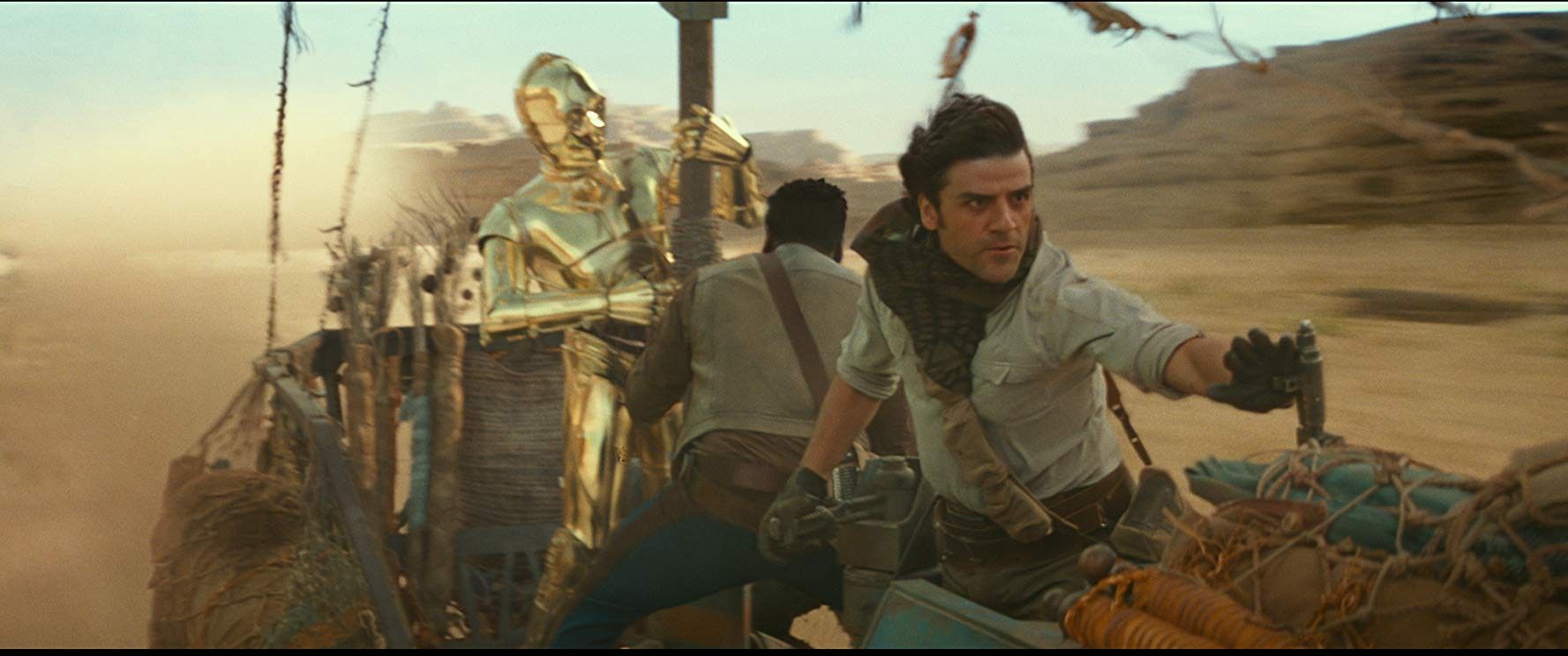
Every other character just isn’t given much time to shine. After a strong start in The Force Awakens followed by a near placeholder role in The Last Jedi, Finn has what starts as a pretty good expansion on his TFA arc here, as he finds out that his defection was an inspiration to others in the First Order, but nothing much comes of this. There are hints that Finn is significantly Force-sensitive, but nothing much comes of that either. Poe Dameron has some of his past hinted at, but not much. Armitage Hux has an effective little surprise moment, but then dies shortly after. The Knights of Ren are…certainly on-screen at certain times, as are Rose Tico and Kaydel Ko Connix and — *checks Wookieepedia for Dominic Monaghan’s character’s name* — Beaumont Kin, the — *reads a bit further* — sarcastic former history professor. Sure.
Seeing Lando Calrissian was nice, though I’m left wondering whatever happened to Kaasha Bateen, the Twi’lek schoolteacher to whom Calrissian proposed marriage at the end of Daniel José Older’s Last Shot. Apparently, if the movie had had a spare moment, it would have let us know that Jannah, the ring-leader of the Endor ex-stormtroopers, was Calrissian’s long-lost daughter, and she isn’t half-Twi’lek, so I dunno. I guess it didn’t work out with Bateen. That’s a pity, I kind of liked her, and now there’s even less reason to read Last Shot.
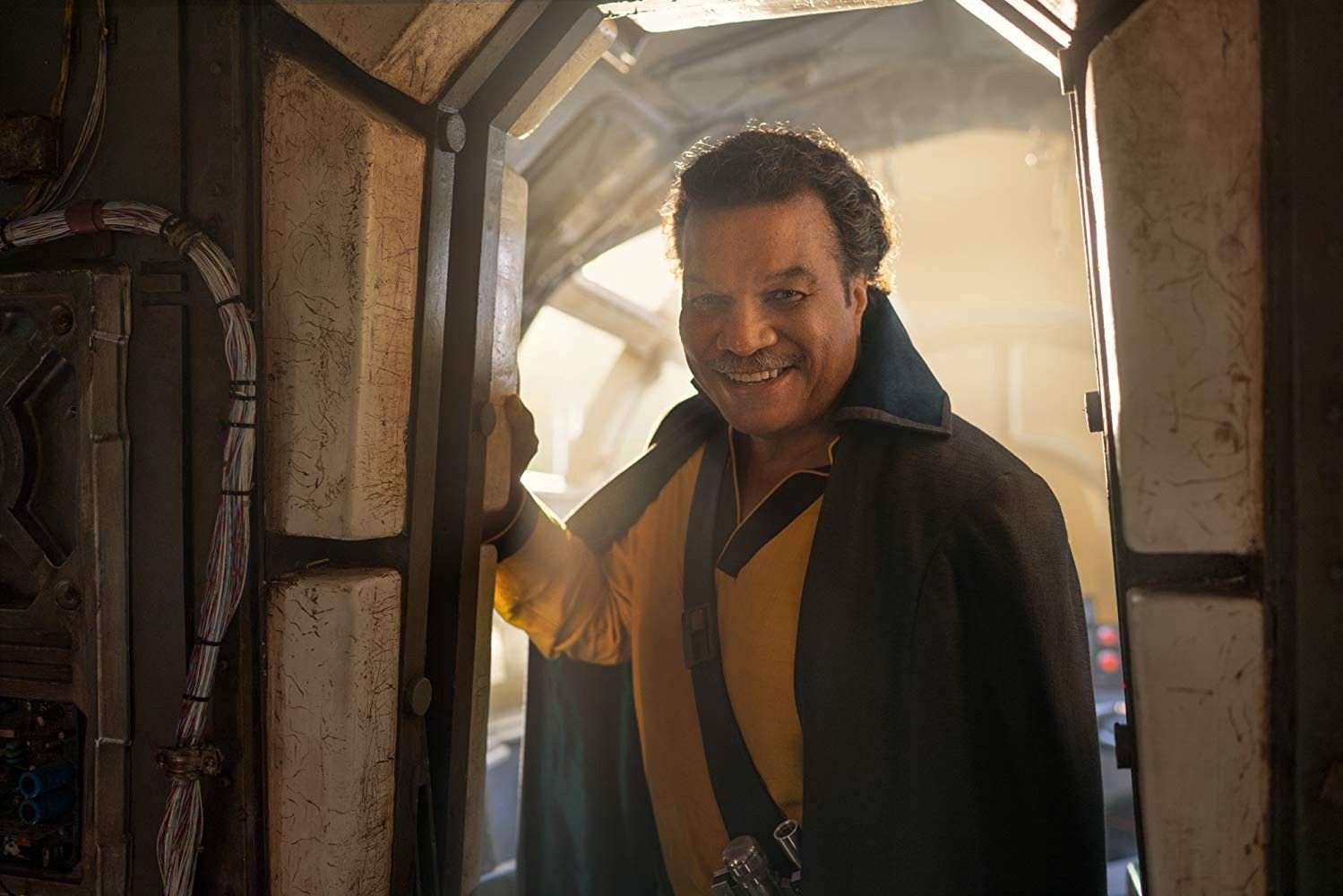
Speaking of books I guess you can just go ahead and skip: Rebecca Roanhorse’s Resistance Reborn was released as a lead-in to this film, and its story was basically just Leia and Dameron gathering up a bunch of characters from other books, comics, and video games to help fight against the First Order. I thought that this meant that all those characters would have cameos in the big space battle that we saw in the trailers. But nope. Wedge Antilles shows up for two seconds, and that’s all we see of anybody from Resistance Reborn. ¯\_(ツ)_/¯
Maybe they all had scenes but got cut. This whole film seems incredibly trimmed down, I’d say to bare bones in many points, but that’s not enough. This film is partial skeletal remains, whose presence points to the one-time existence of some magnificent creature, whose full nature can only be guessed at.
Alright, let’s get to some things I liked. The visuals and special effects were, of course, good. I especially liked the design of Pasanna and the Aki-Aki people there. They seemed both very Star Wars and distinct and memorable. A lot of Ralph McQuarrie’s work for the Original Trilogy is still guiding the look of Star Wars, which is cool to see. The music was also, of course, great. This seems to be John Williams’s last film to score, and it’s good that he’s able to go out on top, with the franchise that inspired some of his best work.
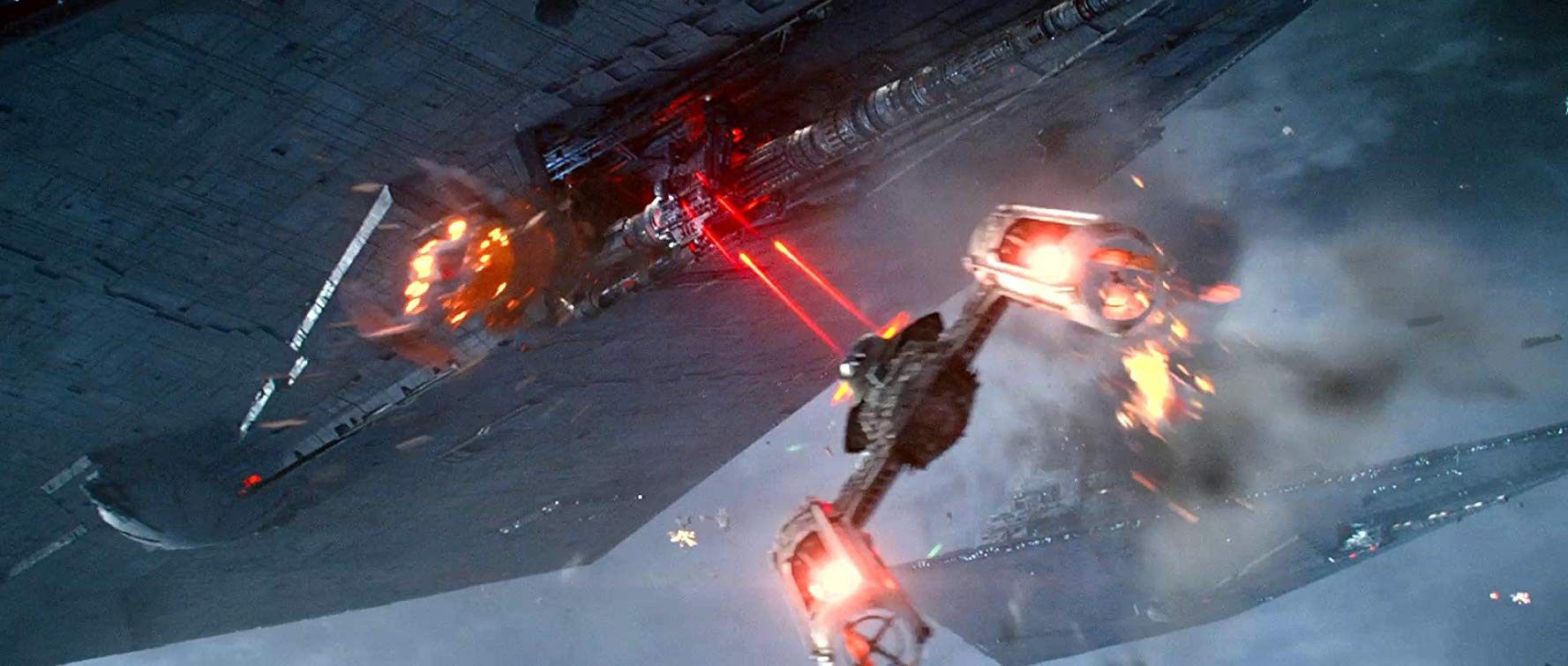
Babu Frik and D-O, the cutesy kid-focused parts of the film were both really fun and funny and would probably be getting more fans if it weren’t for Baby Yoda’s total dominance of the zeitgeist.
One more thing before I wrap this up. Dark Side Rey had shark teeth to show she was evil and it’s very, very silly. Daisy Ridley doesn’t look scary, no matter her teeth. This is probably the biggest thing in the film that was bad due to its presence, rather than its absence.
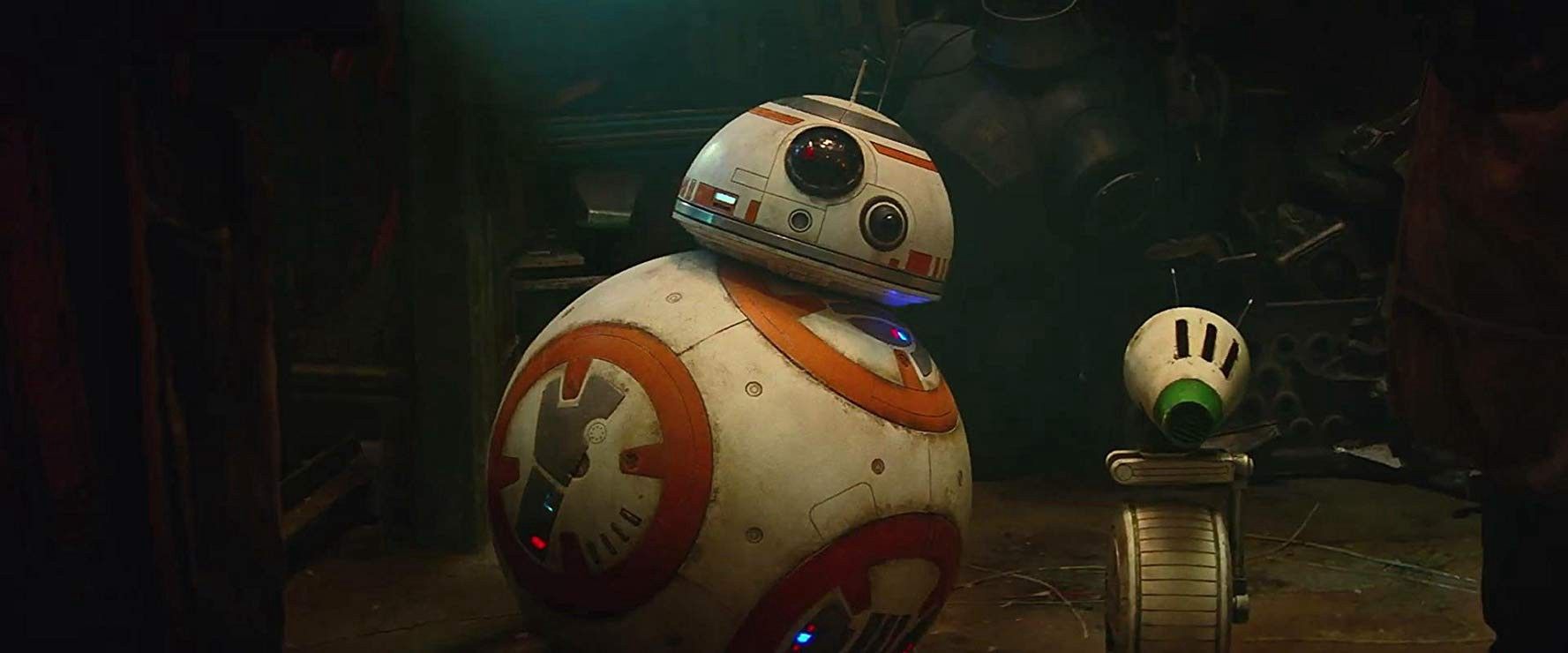
Recommendation & Rating
This is an entirely watchable, fun movie. I’ll stress that here since it’s true and gets lost a bit in the Analysis. As a Star Wars fan, I liked the story, but the execution brings it down as a film. I suppose the best comparison would be with Attack of the Clones. Star Wars fans will like it because it’s Star Wars. General viewers will have some fun visuals and exciting action to enjoy. But anybody who pays much attention will notice a serious flaw throughout (there it was awkward acting, here it's frenetic pacing) that compromises the entire thing. It’s good, but it’s not great, and not as good as it’s supposed to be. If you aren’t a Star Wars fan, I don’t think you would have a bad time seeing this film, but I wouldn’t go out of your way to see it.
4/10 — With enough positive worth to be recommended to viewers with particular interest, as part of the broader pursuit of that interest. Not to be taken as an endorsement to general audiences, and certainly not to be taken as the best of a field by any means


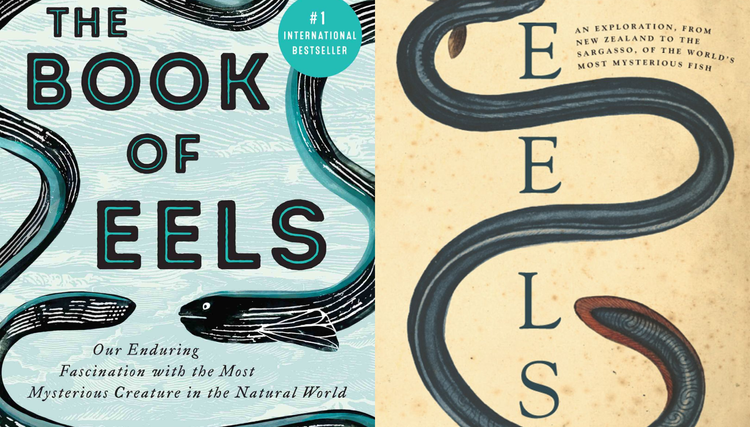

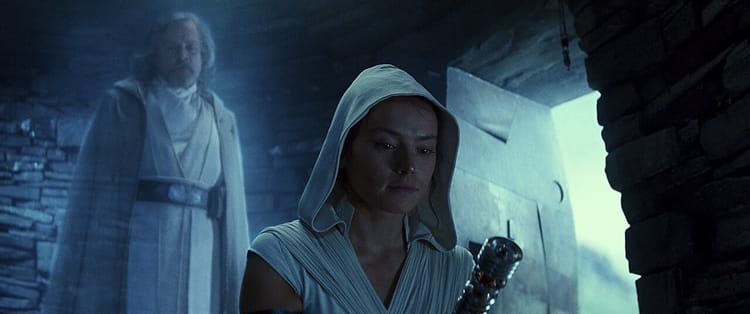
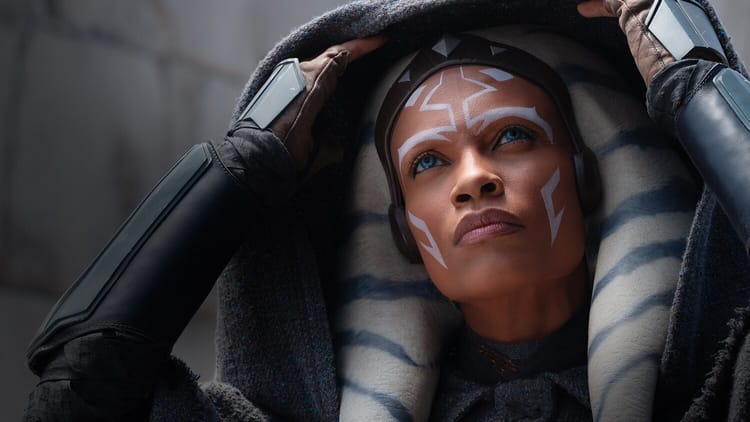
Member Commentary